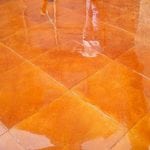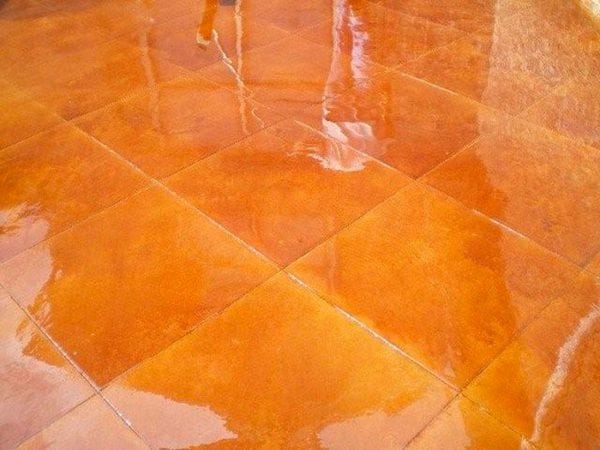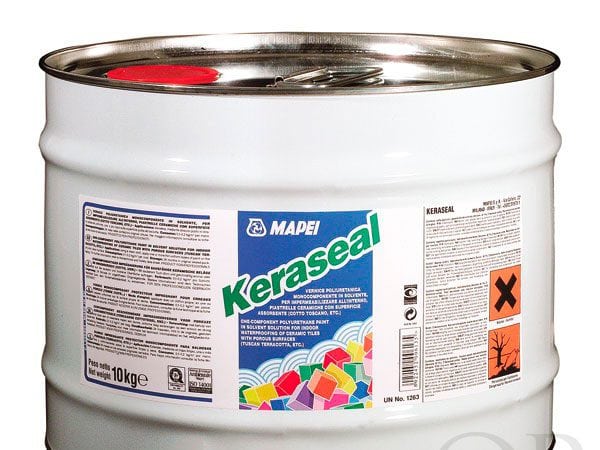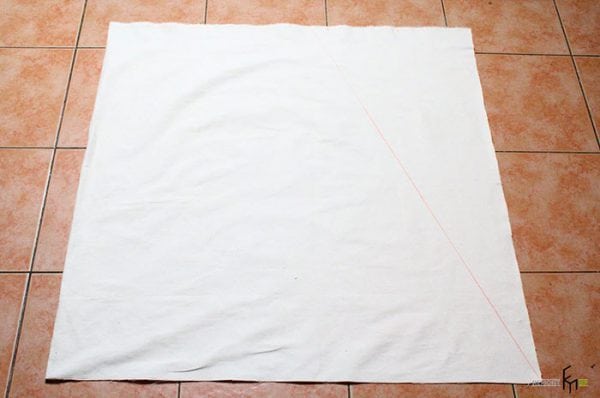After some time after the repair is completed, spots appear on the ceramic tile, it fades, scratches appear on the coating, and tile joints begin to leak moisture. This is especially true for porous coatings with a matte finish - such floors are most susceptible to mechanical stress and pollution. A good way to prevent such troubles is to varnish the tiles. Varnishing will not only protect against damage, but also provide a higher contrasting color of materials, give the floor a fresh look for several years to come.
- Scopes and technical parameters
- Application Tips
- Instruction for use
- Applying varnish
- Safety instructions
- Conclusion


Scopes and technical parameters
Tile varnishing is used for such coatings:
- absorbent type ceramic tiles (e.g. Tuscan tiles, terracotta, etc.);
- grouting based on cement grout;
- facings made of natural stone or brick;
- concrete floors, coatings made of natural and agglomerated stone, as well as paving slabs, etc.
This type of varnish is usually made on the basis of acrylic with the addition of very small particles of ceramics. Tile varnish may also include a urethane polymer dissolved in aliphatic solvents.
After drying, the treated surface becomes glossy and much stronger, which prevents its mechanical damage.

Application Tips
If you have to varnish Tuscan tiles, terracotta tiles or any other intensely absorbent coatings, you should avoid applying varnish until the hardening of ordinary glue is complete. Otherwise, the tile may fade. In some cases, you will have to wait several months. If laying is done on dry screeds using cement-based adhesives, the waiting time is drastically reduced.
Varnish must not be applied in a thick and uniform layer. For this operation, you can use a piece of tissue. The main thing here is to prevent the influx, which is especially visible on a light coating.
to contents ↑Note! Do not apply paintwork material (LKM) on a surface whose base is poorly insulated from moisture.
Instruction for use
The tile must be absolutely dry and free from dust and all kinds of contaminants. All traces of cement should be removed, the joints should be leveled. Thorough cleaning of the floor is a prerequisite before starting varnishing.
Applying varnish
LMB should be applied with a clean piece of soft tissue. There should be no pile on the fabric. You can also use a soft brush. The consumption of tile varnish is from 100 to 200 grams per square meter. Apply varnish evenly.It is incorrect to pour the varnish onto the tile, so that later it can be distributed on the surface - this will lead to the formation of sagging and stains.
After applying the layer, let the composition soak for several minutes. Next, you need to remove the remaining varnish with a rag. If the material is very absorbent (terracotta, Tuscan tile, etc.), it is necessary to process the tile again to achieve the desired result. On a weakly absorbing tile, the composition can be applied only with a soft cloth, in order to prevent gaps that visually ruin the floor.

12 hours after processing the floor, you can walk on it. The application of varnish on the wall tiles is carried out according to the same principle as on the floor.
Tile varnish can also be used for preliminary varnishing of Tuscan tiles and other easily absorbing materials before laying them on cement-based glue or before creating seams. Such actions will facilitate the cleaning of the finished tile. However, pre-treatment is not necessary when laying terracotta on a mortar, as this will lead to fading of the material.
Note! Consumer properties of tile varnish remain for 1.5-3 years.
Upon completion of work - hands, tools and work clothing can be cleaned with turpentine or other solvents.
to contents ↑Safety instructions
When working with paintwork materials, the following safety rules should be observed:
- mandatory use of goggles and gloves;
- It is also advisable to use a respirator;
- LKM can be stored only in a cool room;
- Do not smoke near an open container with varnish or maintain an open flame where varnishing takes place;
- the remains of paintwork is categorically not recommended to be thrown into the sewer;
- the room where the varnish is stored should have ventilation or good ventilation.
to contents ↑
Conclusion
If there is no desire to change the old tile, its varnishing will give the floor a fresh look. If the tile has just been purchased, varnishing protects it from all kinds of mechanical influences and moisture. In any case, varnishing of the tiled coating will bring only a positive effect, and if the result does not suit you -tile can be painted. In addition, it is not at all difficult to do the work yourself; it is enough to follow simple instructions and safety rules.




How to order? Tile polish!
Good afternoon, please tell me you can use this varnish to protect the image on the tile for outdoor discounts and how long it will last, thanks for the answer.